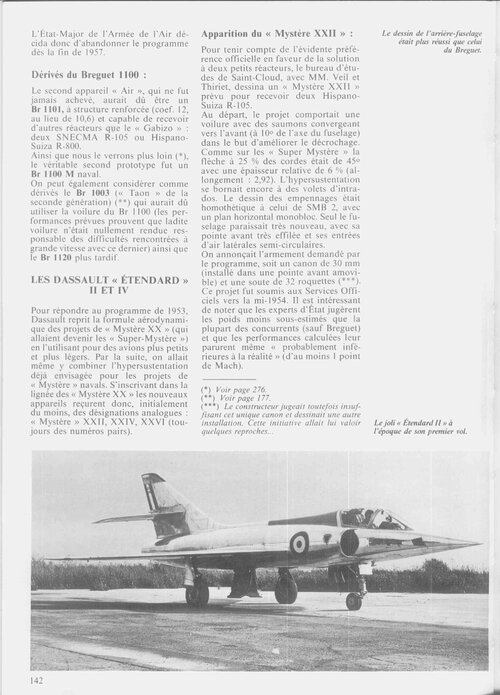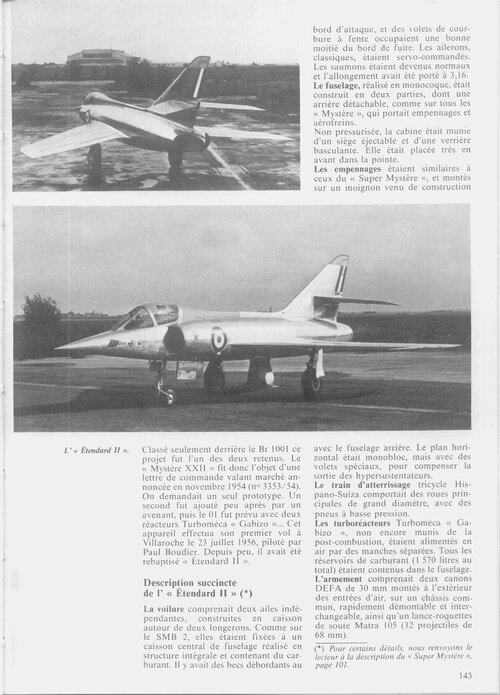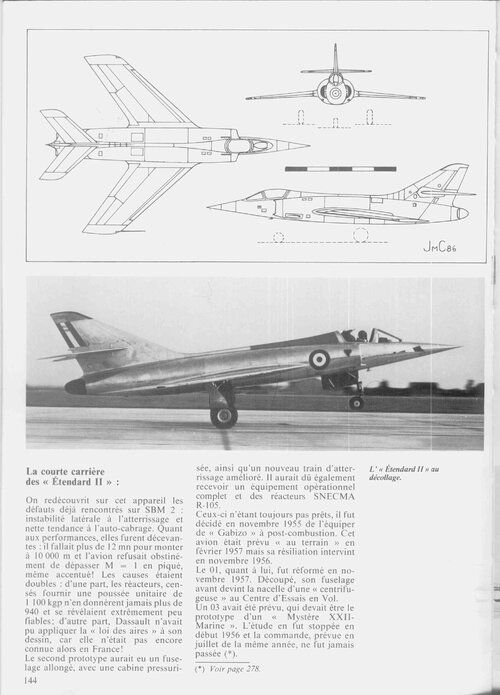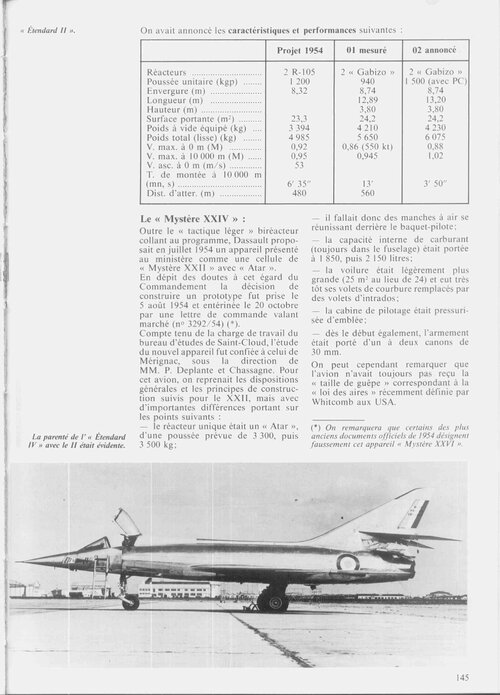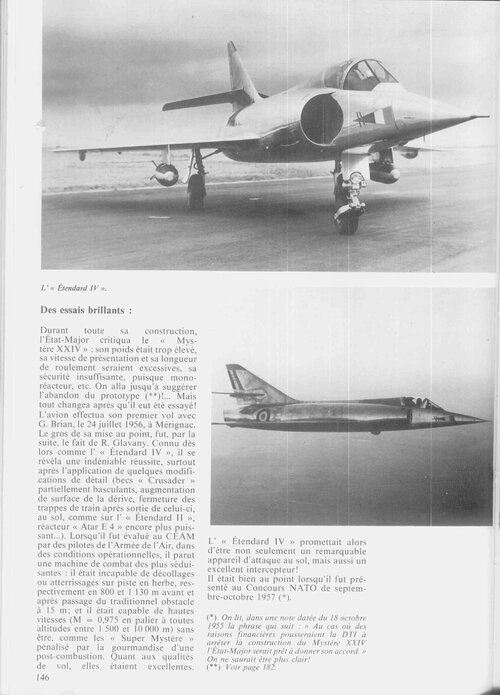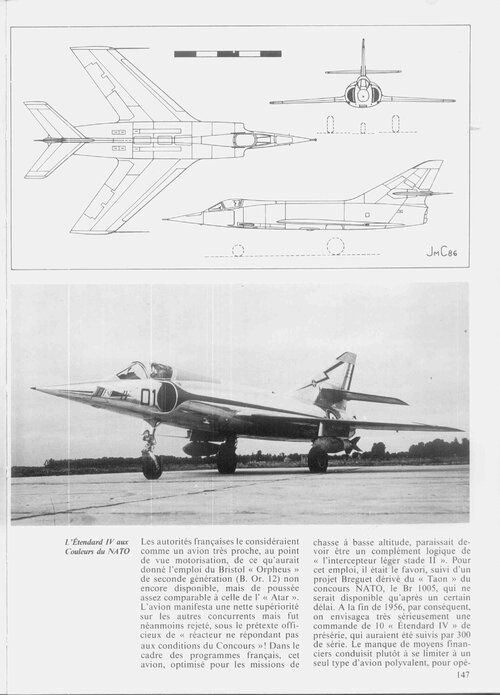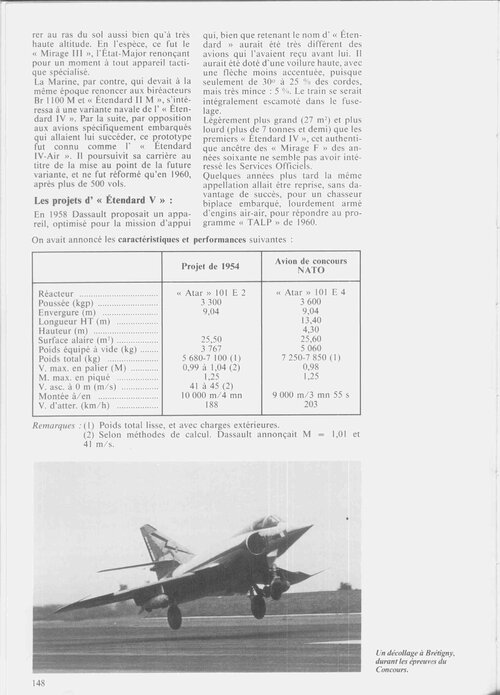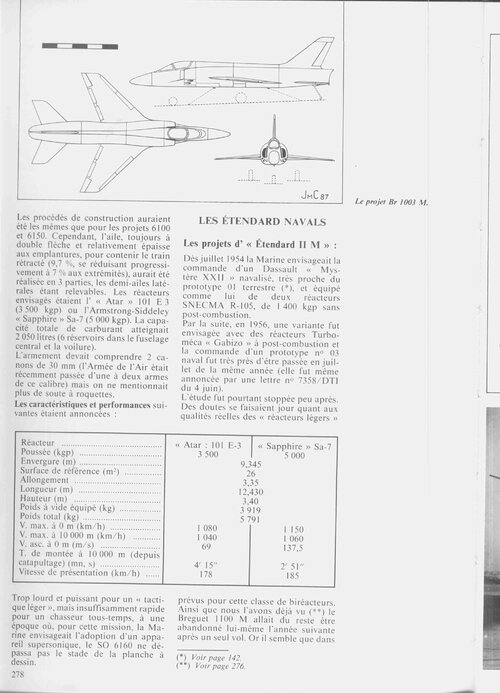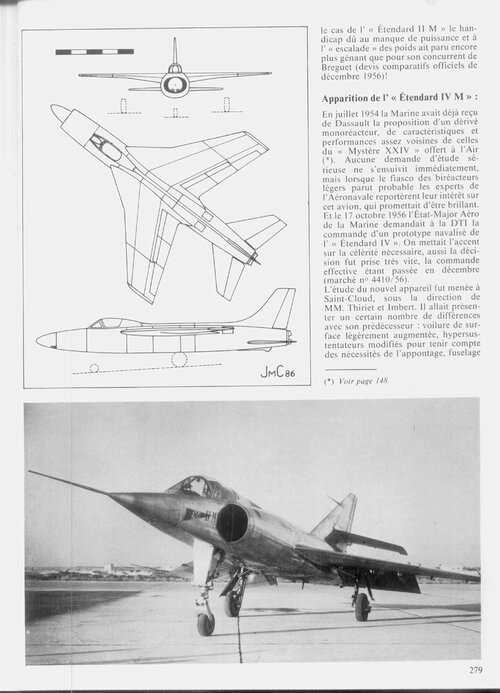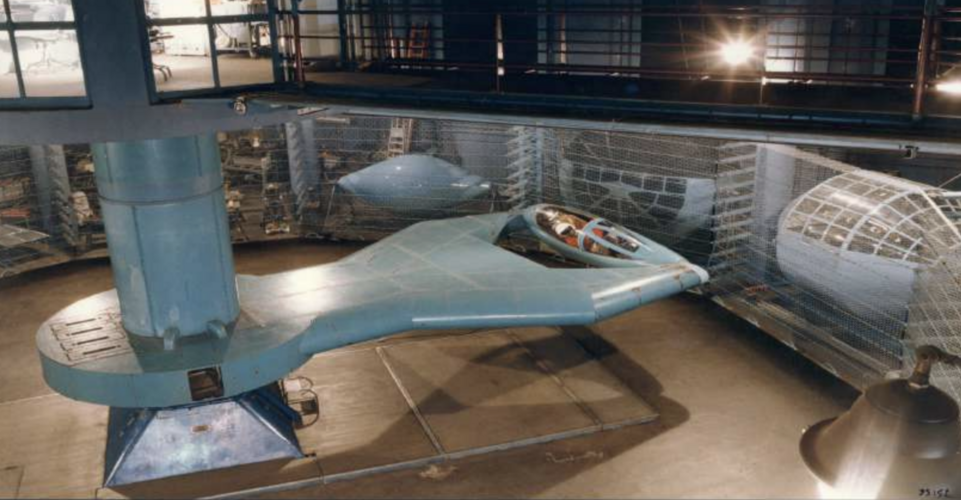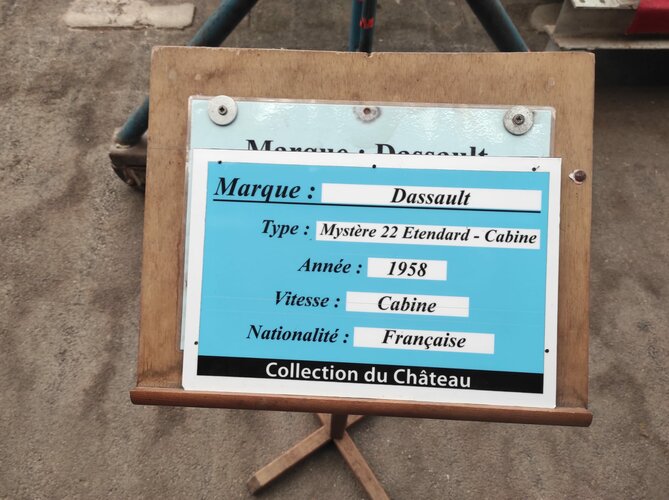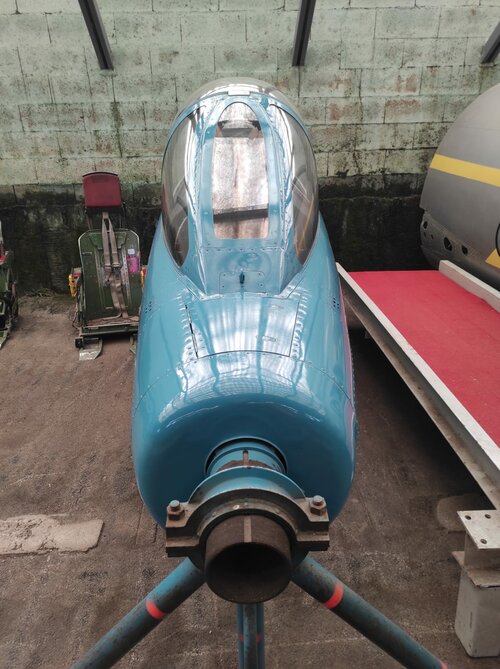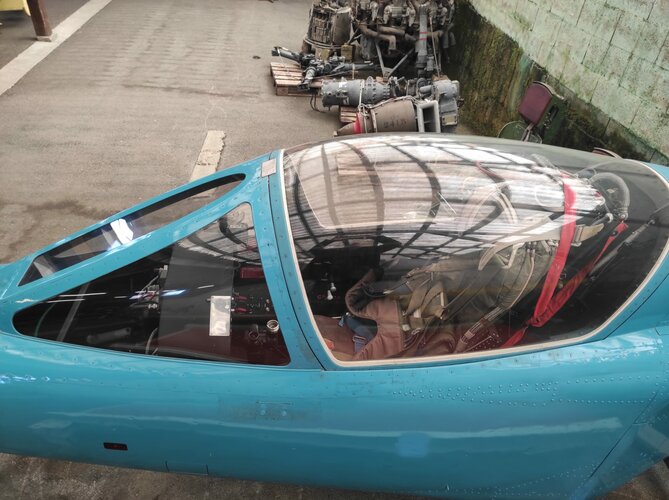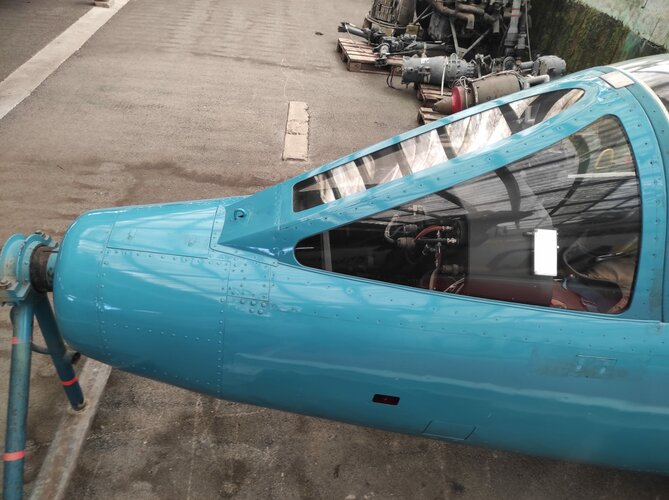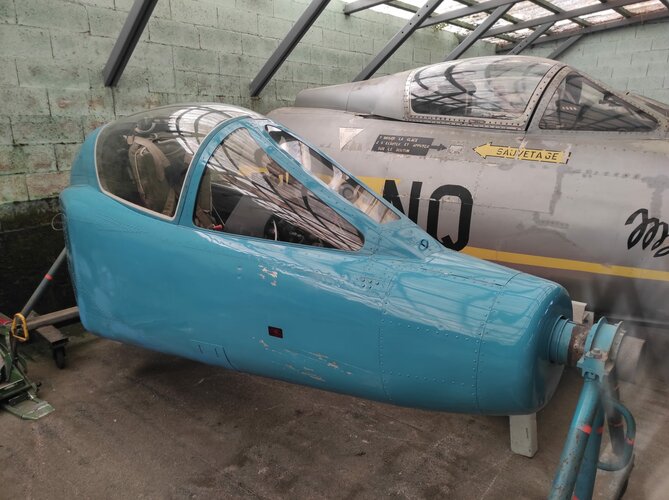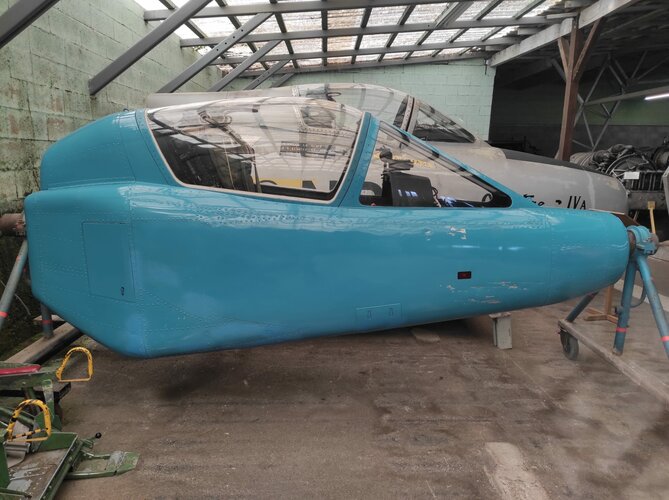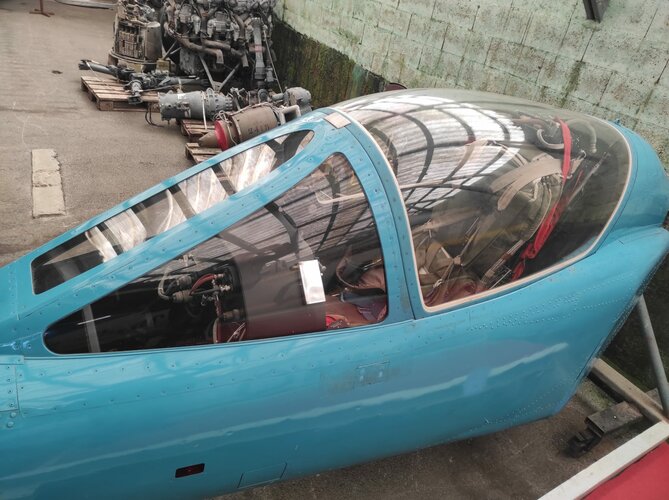Thank you for your reply.
I used the Secret Projects search function to search Secret Projects for references to the Mystère XXI, Etendard I, Mystère XXIII, Etendard III, Mystère XXV and Etendard V yesterday, before I wrote Post 96. Said search did find two threads that mentioned the Etendard V, but provided no useful information on it and no information whatsoever on the rest.
Which is why I wrote.
I’ve found no mention of them on the this site . . .
Of the three links in your post.
I found
https://www.secretprojects.co.uk/threads/aeronavale-projects-early-60s.445/post-512322 yesterday during the search of Secret Projects (using the Secret Projects search function) that I conducted before writing Post 95. This links goes to Post 57 which has a link to the thread on the Etendard V TALP proposal. The Etendard V is mentioned in some of the other posts, but there is no useful information about it in said other posts.
I found
https://www.secretprojects.co.uk/threads/etendard-v-talp-proposal.463/ yesterday during the search of Secret Projects (using the Secret Projects search function) that I conducted before writing Post 95. Although the Etendard V was mentioned several times there wasn't any useful information about it when I read it yesterday and there wasn't any useful information in it when I re-read it the first time this morning. However, when I read it for the second time this morning I discovered that I was wrong. More about that later.
https://www.secretprojects.co.uk/threads/dassault-etendard-prototypes-and-projects.11138/post-444585 leads to Post 57 on Page 2 of this thread, which had no information on the Etendard I, III & V when I read it yesterday (before writing Post 95) and it has no information on those projects now.
The main pieces of information that I want are, which engine did Etendard I, III & V have and were they single or twin engine aircraft.
Which, leads me to this morning's second reading of
https://www.secretprojects.co.uk/threads/etendard-v-talp-proposal.463/. Post 9 of that thread includes a three-view line drawing of the Etendard V (which I noticed before) which contained a data table (which I hadn't noticed before) written in French which translates as:
Main characteristics of the Etendard V.
Dimensions
17.3m Wingspan
15.5m Length
Weights
10,000kg Empty Weight
18,600kg Maximum Weight
13,500kg Weight When Landing
Propulsion: One SNECMA TF10 jet engine of
5,100kg dry thrust
9,000kg with reheat
Which, in "old money" (rounded to the nearest inch or nearest 50lbs) is.
Dimensions
56ft 09in Wingspan
50ft 10in Length
Weights
22,050lbs Empty Weight
41,000lbs Maximum Weight
29,750lbs Weight When Landing
Propulsion: One SNECMA TF10 jet engine of
11,250lbs dry thrust
19,850lbs with reheat
It's a lot bigger than Etendards II, IV, VI & Super Etendard, as well as being much heavier than them and it had a considerably more powerful engine. It's relationship to Etendards II, IV & VI and Super Etendard is akin to the relationship between Mirage IV and the Mirage III/5/50 family.
 (half joking, but the bolded part, really: the F1 raison d'être after the VSTOL failed and paralleling the VG types)
(half joking, but the bolded part, really: the F1 raison d'être after the VSTOL failed and paralleling the VG types)

